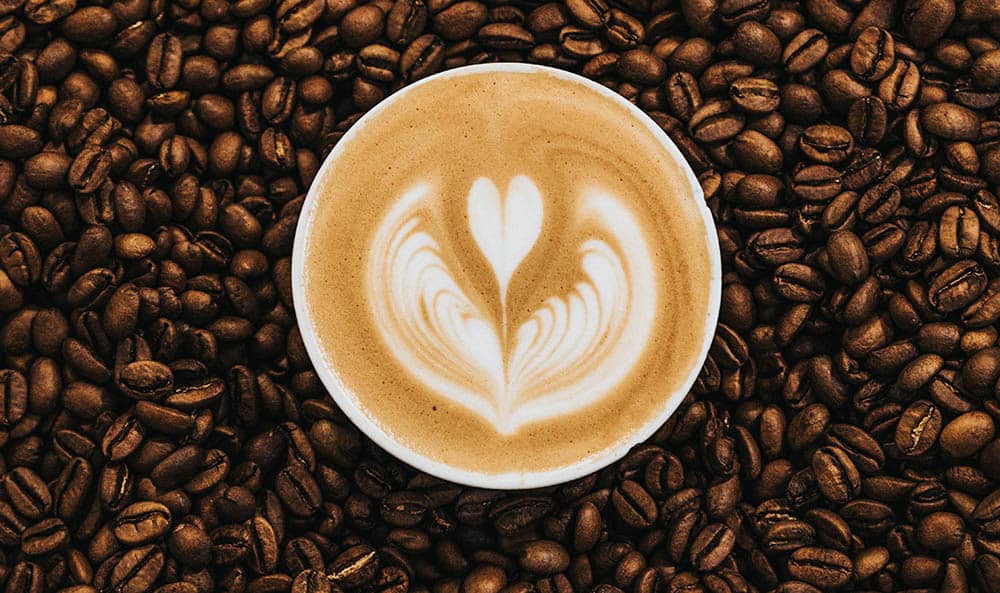
All about beans
Coffee is a biologically complex plant species that’s affected by the different mineral components of the environment it’s grown in, as well as the local climate and farming conditions. For these reasons, there’s a lot of variety in how the final product tastes in your cup.
As long as you take a bit of care when making your brew, you too can experience a world of flavourful variety.
There are a few phrases that are useful to understand. Talking about the ‘body’ of a coffee refers to the viscosity of the drink: ‘medium-bodied’ sits between light / watery at one end of the scale, and full /syrupy at the other. You’ll also read about ’notes’ and ‘undertones’ – these are the tastes that come after the main flavour hit, often after you swallow. And ‘acidity’ is a bit more subjective, but is pretty self-explanatory. Coffee lovers won’t mind a bit of acidity, but the less-experienced might find it a bit off-putting – it’s all down to personal preference.
These names refer to the two most common types of coffee plant, Coffea arabica, and Coffea canephora (also known as Robusta).
In general, Robusta beans are less acidic and more bitter, with a higher caffeine content. They taste earthy, and a little smokey. They don’t have the rich variety of sweet, fruity notes that Arabica does. This is why they’re not as popular, making up about 25% of global coffee production, and cost quite a bit less too.
Arabica is the coffee enthusiast’s variety of choice. It’s generally the higher-quality variety, with more acidity and brightness to its flavour, and more subtleties that come out during the brewing process. You’ll find Arabica has a wider range of flavours, with the capacity for some really light, floral, fruity notes alongside deeper ones like caramel and chocolate. Arabica is more expensive to produce (as it’s quite picky about what environmental conditions it’ll grow in) but does make up for the other 75% of global production. Here at Neighbourhood Coffee, we only use Arabica beans.
Geography plays a huge part in how these flavours come about too, which we’ll look at below.
It’s not just the bean that decides how your cup tastes. If you want to taste what it’s really made of, you have to treat that coffee right – here are a few tips.
You can’t blame us for this one – we sell coffee and we’d like you to buy some. But it’s an important point to make. You won’t get far in your flavour journey if you go for the cheap bags of filler grind that sit around on shelves for months at a time. So this means buying coffee that’s been sourced from farmers who really know what they’re doing, and how to cultivate healthy coffee plants.
You’re most welcome to enjoy your coffee however you want, but there’s nothing like a freshly-brewed, unadulterated, black coffee that lets you taste its entire flavour profile.
Fancy equipment isn’t always necessary – just a bit of care in how you brew it (check out our brewing guides for simple advice on making excellent coffee).
You might still enjoy your brew with a sugar or two, which is fine, but you’d do well to consider a few sips before adding it, to get acquainted with the goodness within.